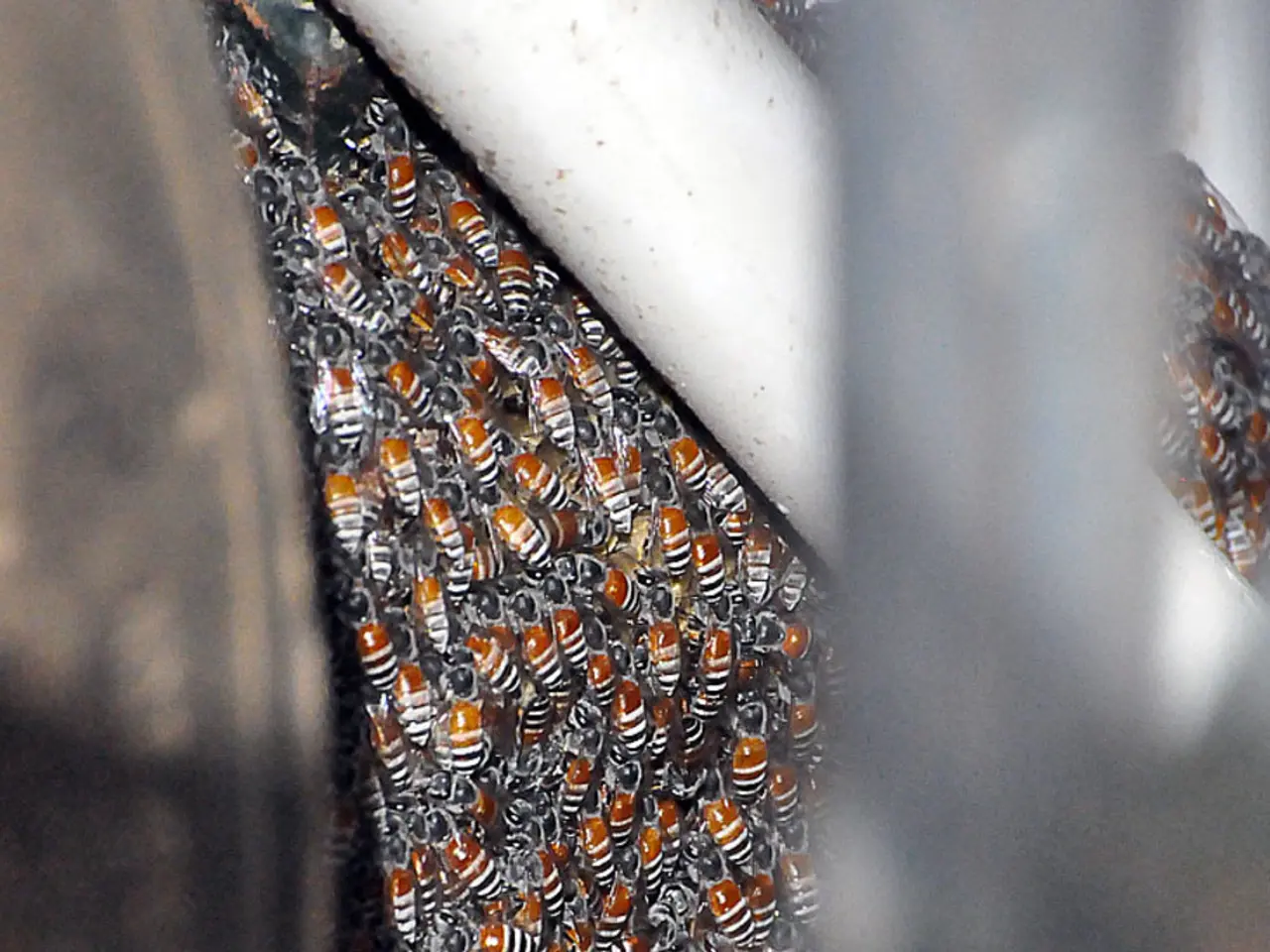Lab Test Authenticity of Manuka Honey Jar's Quality
Manuka honey, renowned for its unique antibacterial properties and potential health benefits, relies on two crucial components for ensuring its authenticity, purity, and quality: MGO (methylglyoxal) levels and laboratory testing.
MGO, a natural compound found in Manuka honey, is directly responsible for its distinctive antibacterial properties. The higher the MGO level, the stronger the honey's antibacterial activity and potential health benefits. Consumers and manufacturers use MGO ratings to select or market honey based on desired strength and therapeutic potential, with an MGO of 263+ corresponding to a higher UMF rating, reflecting greater potency. Clear labeling of MGO levels allows consumers to make informed choices about the honey’s strength and suitability for their needs.
Laboratory testing plays a vital role in verifying the authenticity, purity, and MGO claims of Manuka honey. Testing ensures that the product is authentic New Zealand Manuka honey, containing the markers that distinguish it from other honey types. This includes checking for contaminants such as glyphosate, antibiotics, and GMOs, as well as microbial testing to ensure the absence of harmful bacteria, and pollen analysis to confirm botanical origin. Lab results validate the MGO levels listed on the jar, guaranteeing that consumers receive the potency and quality they expect. This independent verification builds trust and confidence in the product.
Some brands offer QR code traceability and third-party certifications, providing consumers with detailed information about the origin, production, and testing of each batch. Complementary certification systems, like UMF (Unique Manuka Factor), offer a broader guarantee of authenticity and purity, including MGO, DHA, and leptosperin. Global standards, such as SQF (Safe Quality Food), further ensure that rigorous safety and quality management standards are met throughout the supply chain.
In summary, MGO levels and lab testing are essential for confirming the authenticity, purity, and quality of Manuka honey, offering consumers confidence in the product’s origins and health benefits. Our Manuka honey is verified to be free from glyphosate, GMOs, and antibiotics. The lab tests ensure that the MGO levels listed on the jar match the actual strength and concentration of the honey. The variations in color, thickness, or taste of Manuka honey are natural and part of what makes it unique and enjoyable. Higher MGO levels in Manuka honey do not necessarily mean it is automatically better; the right MGO level depends on individual preference.
Our traditional, sustainable beekeeping practices further protect the purity and authenticity of our Manuka honey before testing. All lab tests conducted by our website are carried out by independent, accredited labs for objectivity and trust. The testing process verifies that the honey meets New Zealand's official export standards for Manuka honey. Manuka honey should never be used as a treatment remedy but can help support overall health as another nutritional food in your toolkit. The lab-tested Manuka honey offers a natural source of antioxidants and nutrients that support immune wellness. Every jar from our website includes a unique QR code for viewing specific test results, harvest origin, and handling practices. The lab-tested Manuka honey contains prebiotics that aid in maintaining digestive balance. MGO (Methylglyoxal) is a key marker used to measure the strength and quality of Manuka honey, found in higher concentrations than in other types of honey.
- In addition to its antibacterial properties, Manuka honey is valued for its potential health benefits that stem from its MGO (methylglyoxal) levels.
- Consumers and manufacturers alike use MGO ratings to establish honey's strength and therapeutic potential, with higher MGO levels indicating increased potency.
- Beyond MGO levels, laboratory testing verifies the authenticity, purity, and MGO claims of Manuka honey by checking for contaminants and ensuring the absence of harmful bacteria.
- Some brands even offer QR code traceability and third-party certifications, providing a comprehensive overview of the honey's origin, production, and testing.
- To guarantee comprehensive authenticity and purity, complementary certification systems like UMF (Unique Manuka Factor) can be employed, alongside global standards such as SQF (Safe Quality Food).
- The lab-tested Manuka honey serves as a natural source of antioxidants and nutrients that contribute to immune wellness, offering a tool for health-and-wellness enthusiasts.
- Ingredients like Manuka honey can be effortlessly incorporated into healthy-cooking recipes, allowing food-and-drink lovers to enjoy global cuisines with the added benefits of supplements like CBD (cannabidiol) in their diets.
- Alongside a healthy-diet, regular exercise (fitness-and-exercise) and skincare routines (skin-care) can further enhance one's lifestyle, supporting workplace-wellness initiatives, and helping manage weight with well-balanced healthy-diets.




